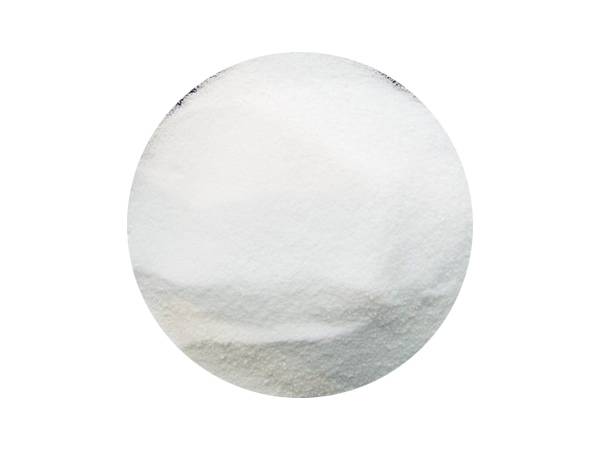



sodium hydroxide manufacturing process
The Manufacturing Process of Sodium Hydroxide
Sodium hydroxide (NaOH), commonly known as caustic soda or lye, is one of the most important chemical substances used in various industries. Its applications range from food processing and paper production to water treatment and pharmaceuticals. The manufacturing process of sodium hydroxide primarily involves the electrolysis of sodium chloride (NaCl) solution. This process is efficient and provides a high purity product. Here, we explore the key steps involved in the production of sodium hydroxide.
1. Preparation of Brine
The first step in the production of sodium hydroxide is the preparation of brine, a concentrated solution of sodium chloride. The brine is typically produced by dissolving rock salt (sodium chloride) in water. The quality of the brine is essential, as impurities can affect the efficiency of the electrolysis process. Therefore, the brine is often subjected to purification processes such as filtration and settling to remove insoluble impurities and excess calcium and magnesium salts.
2. Electrolysis Process
Once the brine is prepared, it is subjected to electrolysis. This is usually done in a chlor-alkali electrolytic cell. There are three primary types of cells used in this process diaphragm cells, membrane cells, and mercury cells. Each of these cells operates on the principle of separating the chemical reactions that occur during electrolysis.
In a diaphragm cell, an ion-exchange membrane separates the anode and cathode compartments. When an electric current is passed through the brine, sodium ions migrate towards the cathode, while chloride ions move towards the anode. At the cathode, hydrogen gas is produced, while at the anode, chlorine gas is released. Simultaneously, sodium ions combine with hydroxide ions (produced from the water decomposition at the cathode) to form sodium hydroxide.
sodium hydroxide manufacturing process

3. Concentration and Purification
The sodium hydroxide solution, referred to as “caustic soda lye,” typically contains a certain concentration of sodium hydroxide along with impurities and residual brine. To obtain a more concentrated solution, the lye can undergo evaporation processes to remove excess water. This concentration step is crucial for achieving the desired product specifications.
Moreover, purification processes are employed to eliminate any remaining impurities. This may involve additional filtration, ion exchange, or other chemical treatments to ensure high purity levels of the final product.
4. Storage and Packaging
After purification and concentration, the sodium hydroxide is typically stored in specialized containers made of materials resistant to corrosion. Common storage forms include liquid caustic soda (made by mixing concentrated NaOH solution with water) and solid forms (typically in flakes or pellets). These products are then packaged and prepared for distribution to various industries.
Conclusion
The manufacturing process of sodium hydroxide is a crucial industrial operation that combines chemistry, engineering, and safety protocols. The electrolysis of brine is the heart of this process, allowing for the efficient production of this vital chemical. Given its extensive applications, ensuring the efficient production and handling of sodium hydroxide is vital for various sectors, contributing to economic growth and supporting numerous industrial processes. As demand for sodium hydroxide continues to grow globally, advancements in manufacturing technology and environmental sustainability will play a key role in shaping its production methodologies in the future.
-
Why Sodium Persulfate Is Everywhere NowNewsJul.07,2025
-
Why Polyacrylamide Is in High DemandNewsJul.07,2025
-
Understanding Paint Chemicals and Their ApplicationsNewsJul.07,2025
-
Smart Use Of Mining ChemicalsNewsJul.07,2025
-
Practical Uses of Potassium MonopersulfateNewsJul.07,2025
-
Agrochemicals In Real FarmingNewsJul.07,2025
-
Sodium Chlorite Hot UsesNewsJul.01,2025










